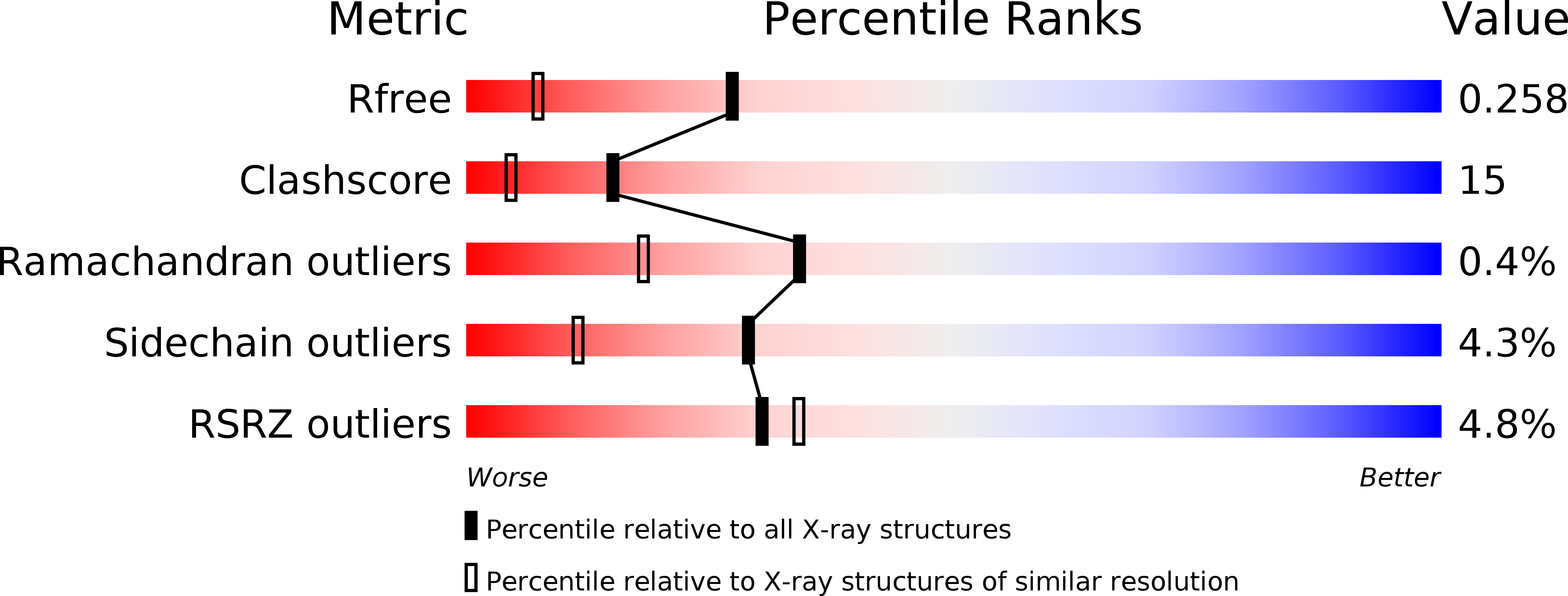
Deposition Date
2006-12-13
Release Date
2007-04-10
Last Version Date
2024-12-25
Entry Detail
PDB ID:
2O99
Keywords:
Title:
The crystal structure of E.coli IclR C-terminal fragment in complex with glyoxylate
Biological Source:
Source Organism:
Escherichia coli (Taxon ID: 562)
Host Organism:
Method Details:
Experimental Method:
Resolution:
1.70 Å
R-Value Free:
0.26
R-Value Work:
0.20
R-Value Observed:
0.20
Space Group:
P 21 21 21


